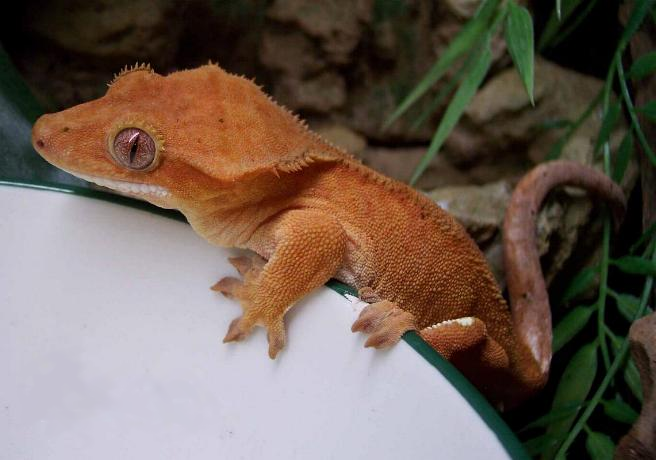 Please see Part 1 of this article for information on an interesting newcomer to the pet trade, the Nosy Be Gecko (Uroplatus ebenaui). Today we’ll take a look at some related species and the gecko family in general.
Please see Part 1 of this article for information on an interesting newcomer to the pet trade, the Nosy Be Gecko (Uroplatus ebenaui). Today we’ll take a look at some related species and the gecko family in general.
Other Geckos in the Genus Uroplatus
All 12 species that have been assigned to the genus Uroplatus, collectively known as “Leaf-Tailed Geckos”, are endemic to Madagascar and considered threatened due to extensive deforestation. Cryptic colors, nocturnal ways and arboreal habitats render it likely that other species await discovery…hopefully before they disappear forever. Read More »
 That Reptile Blog – Reptile, Amphibian and Exotic Pet Care and Information
That Reptile Blog – Reptile, Amphibian and Exotic Pet Care and Information

